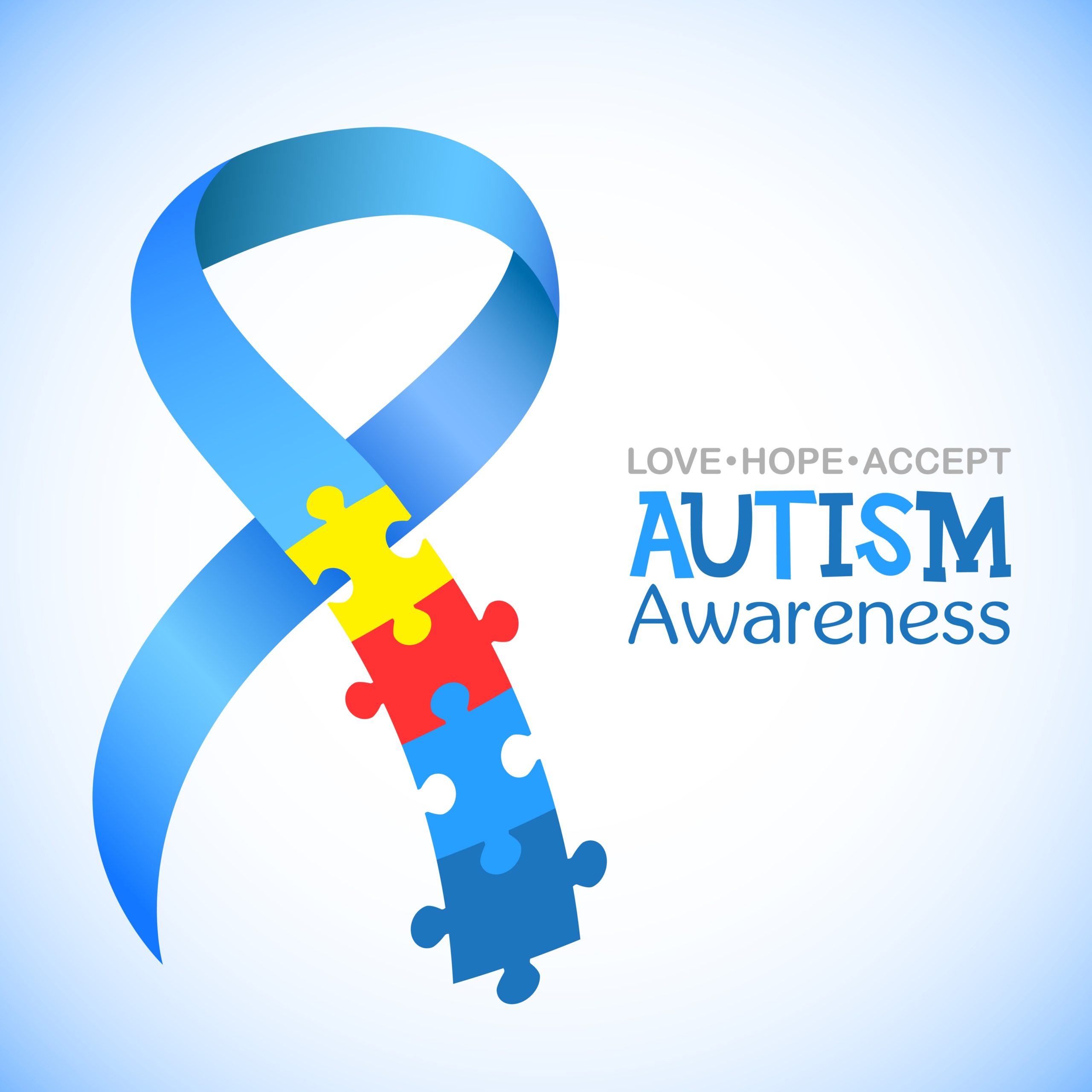- by Super Admin
- Sep 23, 2023
How to Help your Child With Autism

How to Help your Child With Autism
Communication
If your child has autism, you can help them communicate better by:
- Using their name so they know you're speaking to them
- Speaking slowly and clearly
- Keeping language clear and simple
- Giving them extra time to understand what you've just said
- Using simple gestures, pictures, or eye contact to help them understand what you're saying
Avoid:
- Having a conversation in a noisy or crowded area
- Saying things that have more than one meaning like "break a leg"
- Asking your child a lot of questions
Trouble sleeping
Many kids with autism have a hard time falling asleep or staying asleep. You can help them by:
- Keeping a sleep diary to look for common issues
- Following the same bedtime routine each night
- Letting them use ear plugs to sleep, if they help
- Keeping their bedroom dark and quiet
- Talking to a doctor about issues that might affect their sleep
Socializing
To help your child make friends and socialize:
- Ask your child's school if they can help.
- Ask your autism care team if they can give tips.
- Look into the National Autism Society directory for local social groups that can help those with autism.
- Ask for or read information from other parents of children who have autism.
Make sure you don't:
- Force your kid into social settings if they want to be on their own instead.
- Put pressure on your child. Give them time to learn social skills.
Autism Disparities
Autism affects some groups of people differently. And sometimes this means unequal access to diagnosis, treatment, and support. It’s important to understand autism disparities, or differences, to ensure that all people – regardless of gender, race, or sexual orientation – have equal access to autism care.
Autism in women
Autism can sometimes be different for women compared to men. Compared to men, autistic cisgender women might:
- Hide their feelings
- Be quieter
- Copy people who don't have autism or hide their autism signs in order to "fit in"
- Seem to deal better with social situations
- Show fewer signs of repetitive behaviors
- RELATED:ADHD vs. Autism
Your doctor may not have as much knowledge about diagnosing girls or women with autism. Since many symptoms are focused on men with autism, this can make it harder to tell if a girl or woman has autism. Because of this, girls and women with autism may be misdiagnosed or missed entirely. As experts become more aware of this, the estimates of how many men have autism compared to women has gotten smaller.
Autism and racial and ethnic differences
Since 2000, the CDC has closely monitored the number and characteristics of children with ASD in the U.S. Recent reports show that more Black and Hispanic children are diagnosed with autism compared to white children. Despite higher rates of autism among Black and Hispanic children, these groups have significantly less access to autism resources than white children with ASD. Reasons for this may include::
- Geographic location
- Low income
LGBTQ+ and autism
Research shows that people with autism are more likely to identify as a part of the LGBTQ+ community than people who don't have it. People in this group who also have autism are more likely to face discrimination, issues with getting medical care, violence, and cultural stigmas. This can create greater mental health complications for LGBTQ+ individuals who are autistic and already at a higher risk for these complications.
Takeaways
Autism spectrum disorder, or ASD, is a complex developmental brain disorder that affects communication, behavior, learning, and social interactions. Autism appears before age 3, but diagnosis can occur at any age. ASD impacts people differently, and degree and severity vary from person to person. While there is no cure, early intervention and developmental, behavioral, and speech therapies, including applied behavior analysis (ABA), can help people with autism manage challenging symptoms and live a full life. Talk with your doctor if you are concerned about your child’s development, or your own symptoms, to learn next steps for screening, diagnosis, and support.
Autism FAQs
Can children with autism live a normal life? Children with autism communicate, behave, interact, and learn differently from their peers without autism. With appropriate support, children with autism can maximize their strengths and manage challenging symptoms to live a full life.
What is autism level 2? The DSM-5 uses levels 1-3 to describe the varying degrees of support needed by people with autism. Someone with level 2 autism needs substantial, or major, support.
What is an autism test? There is no single test for autism. Instead, a child development specialist diagnoses autism based on an evaluation that examines your child’s development, behavior, learning, and communication. They interview the parent or caregiver, observe your child, and use different testing tools like the Autism Diagnostic Observation Schedule (ADOS) to diagnose autism.
What is life like for a person with autism? Autism is a condition that affects individuals differently. Each person’s experience with autism is unique. Some may excel at certain aspects of learning but struggle to communicate or interact socially. Others may find it difficult to follow a daily routine because of restrictive or repetitive behaviors.
How can you understand a person with autism? Ask someone with autism or their caregiver about their strengths and needs. Learning about someone’s boundaries, communication preferences, and sensory needs contributes to respectful and meaningful interactions.




